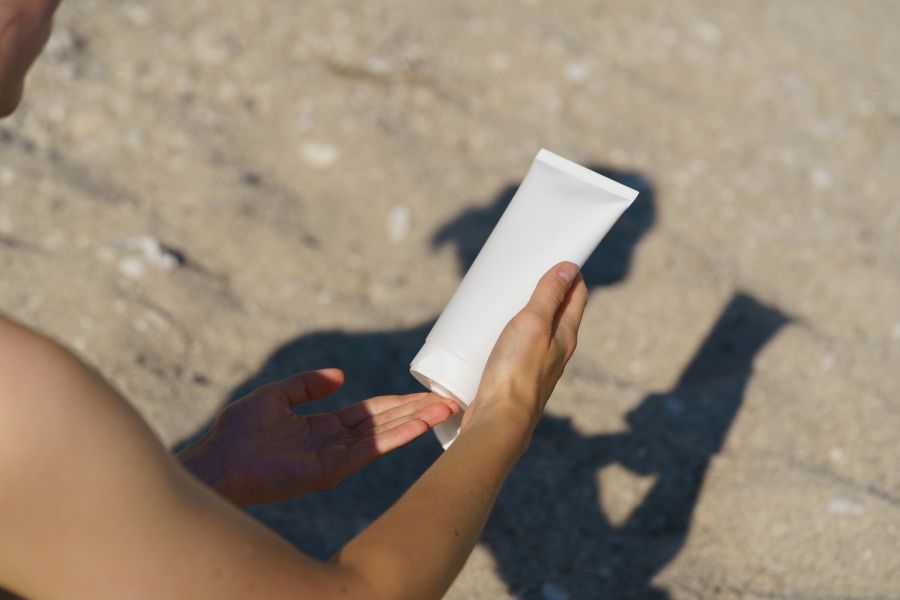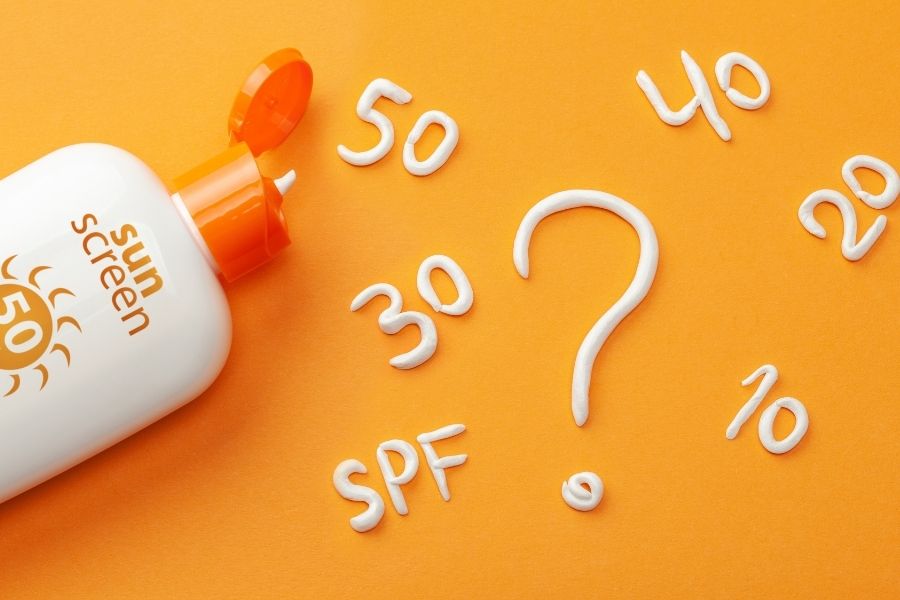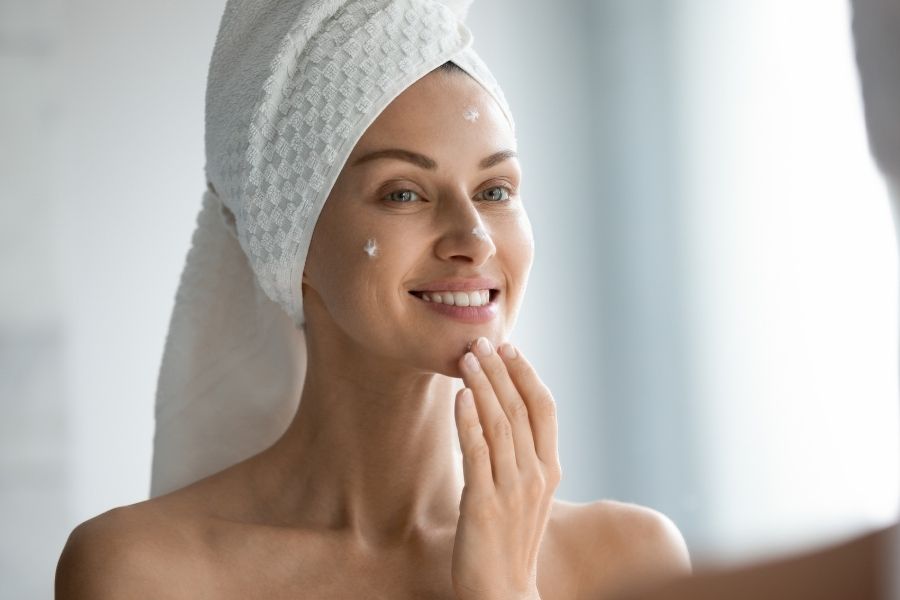As the sun burns bright and hot, it is time for tans, as well as sunburns and hyperpigmentation. While sunscreen is recommended for all seasons, during summers it is a must. But, do you know which sunscreen and SPF factor are right for you? My Kolkata spoke to dermatologists from the city hospitals to get an expert guide to picking the perfect sunscreen keeping in mind the weather, skin type and brands.
Types of sunscreen filters

There are two types of sunscreen filters — chemical and physical Shutterstock
There are two types of sunscreen filters — chemical and physical. Sanjay Agarwal, dermatologist, CMRI Kolkata, suggests physical against chemical (mineral) sunscreens. Agarwal explains, “Physical sunscreens are made up of zinc oxide and titanium dioxide, which create a barrier that lies on the skin surface, reflecting UV rays. They are designed for people with sensitive skin and individuals with allergies. While older formulations used to cause a white cast, modern formulations in micronised versions are much lighter and easier to apply.”
The skin specialist does not recommend chemical sunscreens for people with sensitive skin. He said, “They absorb UV rays and transform them into heat, which, in turn, heats up the skin. They are lightweight, elegant, and are not prone to leaving any white cast, but may irritate sensitive skin.”
What is SPF?

SPF stands for Sun Protection Factor, which tells how efficient a sunscreen is for protecting the skin from Ultraviolet B rays Shutterstock
The first thing most of us look for in sunscreen is the SPF. But what is SPF, and how much of it is good for you? SPF stands for Sun Protection Factor, which tells how efficient a sunscreen is for protecting the skin from UVB (Ultraviolet B) rays that cause sunburn and skin damage.
“The higher the SPF value, the higher the protection. SPF can range from 2 to 100, but with a few exceptions, this does not mean significantly more protection with the higher number,” said Agarwal, suggesting people to pick an SPF 25 to 50 cream, keeping in mind the humidity and sun exposure in Kolkata. “Sunscreens with SPF 50 may offer a little extra protection, but the formulations are much thicker and heavier for the skin, and causes a white cast.”
Tinted vs regular sunscreens

For those looking to achieve an even skin tone while staying protected, tinted sunscreens offer a practical solution Shutterstock
Many people doubt whether tinted sunscreens provide the same kind of protection as regular ones. According to M Farooqui, visiting consultant dermatologist at Techno India DAMA Hospital, “Tinted sunscreens work well. They are a great alternative to your regular foundation to hide those blemishes and scars,” he explains. For those looking to achieve an even skin tone while staying protected, tinted sunscreens offer a practical solution.
How many times should we reapply sunscreen?

For those who spend time out in the sun, regular reapplication is recommended Shutterstock
Applying sunscreen once a day is not enough to ensure protection, especially in Kolkata’s intense summers. “Applying every three hours, two to three times a day is ideal,” advises Farooqui. Regular reapplication is important to maintain effectiveness, especially for those who spend time out in the sun.
Beyond sunscreen, what additional skin protection is needed?

Experts also recommend incorporating antioxidants into your skincare routine Shutterstock
Sunscreens are not the only way to protect the skin against UV ray damage. “Staying well-hydrated from within with water and from outside with a moisturiser is key,” says Farooqui. He also recommends incorporating antioxidants into a skincare routine. “One can add an antioxidant serum like vitamin C and niacinamide underneath to protect against pollution.”
